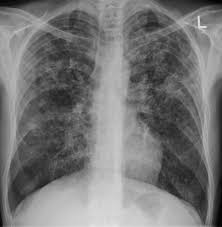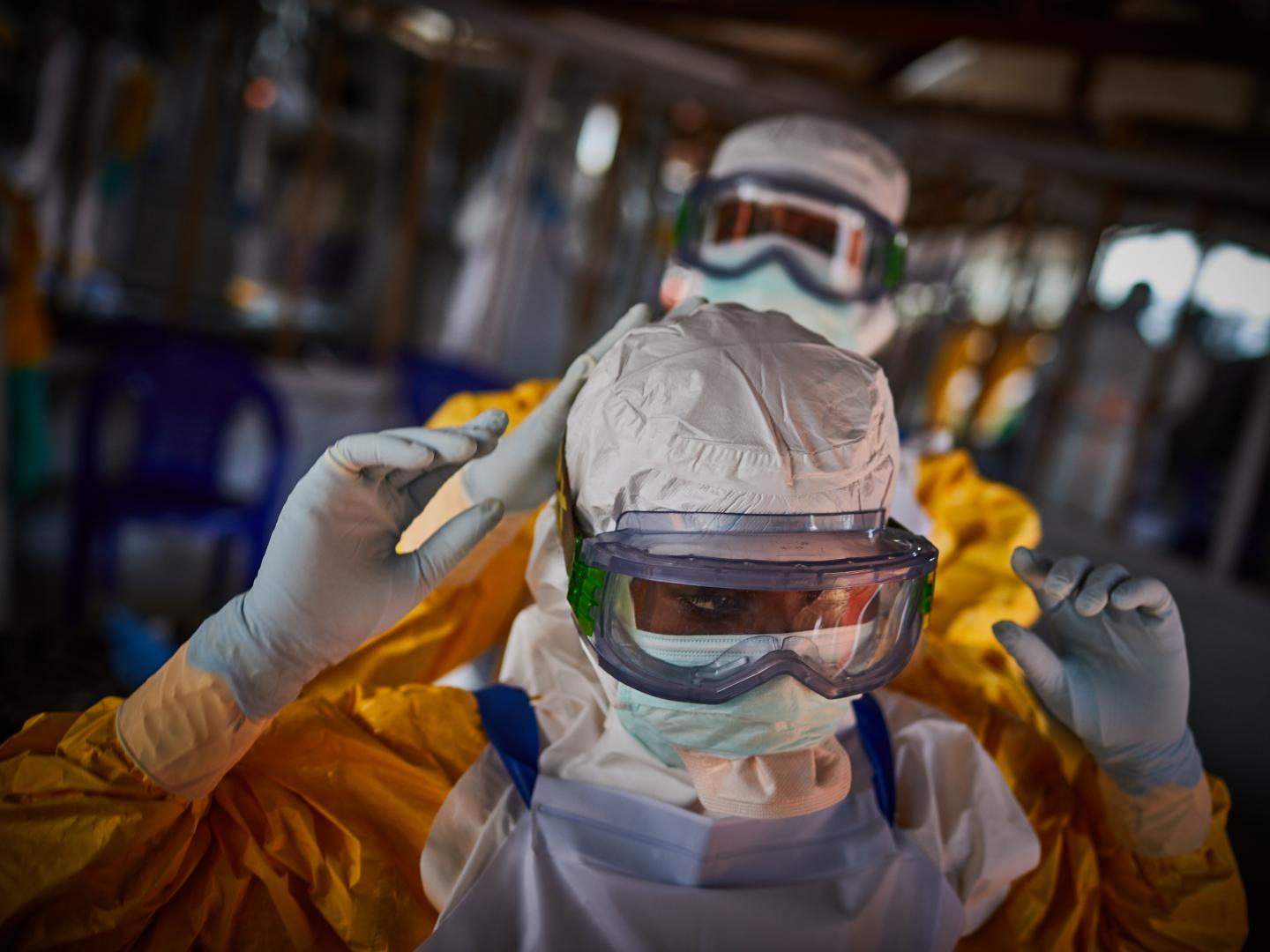
Researchers have discovered a potent new cancer therapy that shows remarkable efficacy against tuberculosis (TB), one of the most devastating infectious diseases globally.
At Texas Biomedical Research Institute (Texas Biomed) in the US, scientists found that this therapy significantly diminishes TB growth, even combating drug-resistant bacteria.
Published in the journal Biomedicine & Pharmacotherapy, the study utilized innovative cellular models featuring TB-infected human cells. These models expedite the screening process for potential TB drugs and treatments like this one. The therapy combines two molecules, one FDA-approved for cancer treatment and another undergoing Phase 1/2 clinical trials for cancer.
These compounds prompt the body to initiate its natural cell death processes in targeted areas—whether cancerous cells or cells infected with Mycobacterium tuberculosis (M.tb), the bacterium causing TB.
“In the cancer field, immunotherapy has revolutionized treatment by empowering a patient’s immune system to combat tumors more effectively,” stated Larry Schlesinger, Professor, President, and CEO at Texas Biomed. “Similarly, we believe host-directed therapies can revolutionize infectious disease treatment.”
TB claims over 1.6 million lives annually worldwide, primarily infecting the lungs. Patients must undergo months of antibiotic treatment to control active infections. However, rising drug resistance poses significant challenges. M.tb impedes a normal cell death process, known as apoptosis, allowing it to thrive inside immune cells in the lungs, called alveolar macrophages.
The new research illustrates that by inhibiting two crucial proteins, MCL-1 and BCL-2, M.tb can no longer hijack the apoptosis process, enabling macrophages to eliminate M.tb.
The team tested MCL-1 and BCL-2 inhibitors individually, in combination, and alongside TB antibiotics to assess their impact on TB growth.
Combining both inhibitors proved more effective in restraining TB growth compared to using only one. Furthermore, their combination with antibiotics showed significantly superior results compared to using inhibitors or antibiotics in isolation, as demonstrated in the study.











